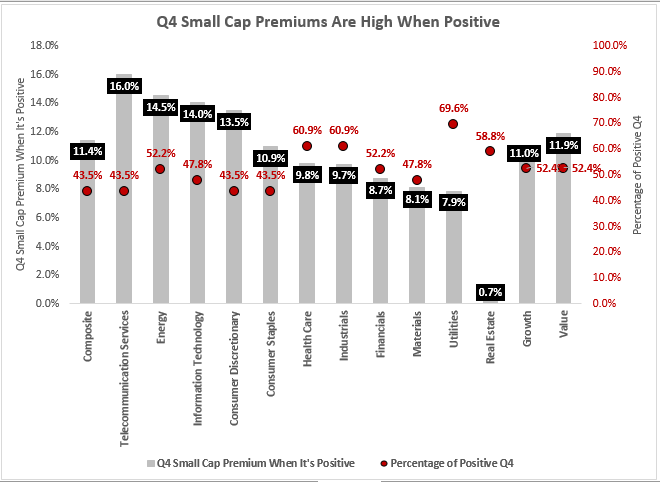Over the past decade, the combination of low interest rate environments and shifting demographics has made income-focused investment strategies extremely popular. In constructing an income-producing equity index, the dividend yield of a security serves as a key criteria for eligibility and security selection.
Dividend yield is usually calculated as a percentage of a stock’s annual dividend-per-share relative to the stock’s current price. There are two ways to measure dividend yield: trailing dividend yield and indicated dividend yield. The difference lies in the numerator of the yield formula—using the trailing dividends or indicated dividends over a specified period. Trailing annual dividends are the sum of the dividends paid out over the last 12-month period, and indicated annual dividends are the sum of the dividends that are expected to be paid out over the next 12-month period. Indicated annual dividends are usually calculated as the most recent dividend payments multiplied by the frequency of dividend distribution. The key distinction between trailing annual dividends and indicated annual dividends is that the former is backward-looking whereas the latter is forward-looking.
The question then arises: In what kind of market is it suitable to use one type of dividend yield versus the other? The answer lies in the consistency of dividend payments. We find that the consistency of dividend payments varies from country to country and by region. In markets where companies lack stability in dividend payments, particularly when it comes to regular payout schedules or payout amounts, a trailing dividend yield measure is preferable. Since the dividends have already occurred, the calculation of trailing annual dividend yield reflects the realized information.
However, when the frequency and timing of dividend payments are known in advance or are stable, the use of indicated dividends can better capture any upcoming dividend increase or decrease. Therefore, the indicated dividend yield is more reflective of the future income an investor will receive at the end of a period. For a mature company that rarely changes its dividend policy, the dividend yield calculated by trailing or indicated methods may not differ by much. However, during periods of financial stress, when significant dividend cuts or eliminations occur, a company may have a trailing dividend yield but its indicated dividend yield could be 0%.
To examine dividend payment behaviors in different markets, we used S&P Global BMI companies, broken down by region (see Exhibit 1). In the developed Asia Pacific market, many countries chose to pay dividends semiannually, with the exception of South Korea where nearly 75% of the companies paid dividends once a year. In the emerging Asia Pacific market, there was no typical dividend payout pattern, with the exception of Taiwan where 92% of companies paid dividends annually.
In Europe, more than half of the countries paid dividends once a year, but the dividend payments in the UK and Ireland typically occurred twice a year. In addition, a handful of European countries did not have a universal payout schedule. In Latin America, over 60% of Brazilian companies and 70% of Colombian companies paid quarterly dividends, but the overall payout schedule for the rest of Latin American countries was less clear. In North America, companies normally issued dividends on a quarterly basis, so the widely accepted industry practice in the U.S. and Canada is to use the indicated dividend yield. In contrast, the trailing dividend yield is commonly used for the rest of the markets or when comparing across regions.
Understanding the timing and consistency of dividend payments in different markets can potentially help market participants make informed decisions on which dividend yield is an appropriate metric to use. As we highlighted above, while companies in certain markets have stable dividend policies, companies in other markets have less reliable dividend distribution schedules. Therefore, the use of dividend yield measure should adapt to reflect the characteristics of the local equity market.























































